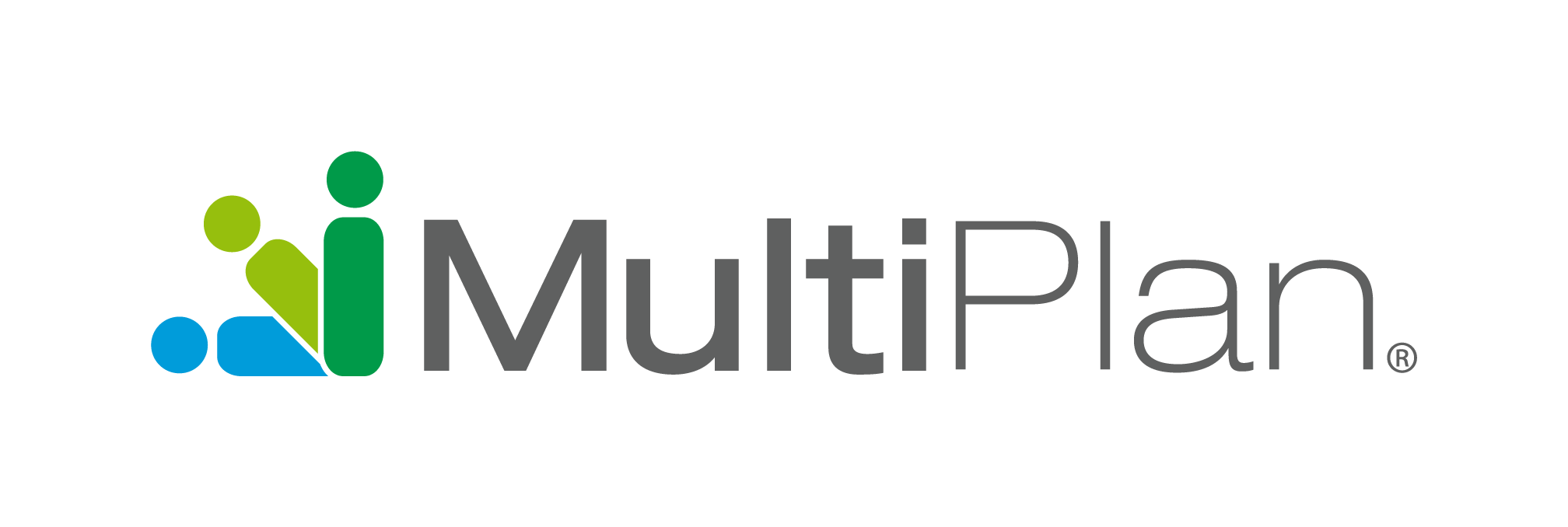Chris is stopped at a red light when another car driven by Will crashes into him. Unfortunately, Chris is injured and needs medical care. The good news is Chris has health insurance, and his plan pays all the medical claims related to the accident. Chris’s plan will then seek to be reimbursed by Will’s auto insurance. This is a non-sophisticated way of explaining subrogation. The example illustrates that subrogation, in layman’s terms, means a health plan can be reimbursed by the party whose insured was deemed responsible for the accident or injury.
The above example uses an auto accident because auto accidents make up the bulk of subrogation cases. However, there are other events that lead to subrogation, including a slip and fall, an injury that occurred at work, one person hurting another and a doctor injuring a patient.
What do subrogation vendors do for healthcare payors?
Subrogation vendors work with healthcare payors to determine if any of the claims they paid are eligible for subrogation. Typically, the subrogation vendor receives claims from the payor at an agreed upon interval, for example, daily, weekly or monthly. The vendor reviews the claims for subrogation potential, which is based on the treatment received or the injury being treated. Once the vendor confirms a claim warrants subrogation, they pursue reimbursement.
What should a healthcare payor look for when choosing a subrogation vendor?
Collectively, healthcare payors recover billions of dollars through subrogation annually, which is why choosing the right vendor is critical. Here are three things healthcare payors should consider when selecting a subrogation vendor:
- Case Identification. Each time a vendor contacts a member, there’s an opportunity for the member to be annoyed. A good subrogation vendor will minimize the opportunity for member abrasion by limiting the number of times they contact the member. They don’t inundate the member with forms trying to determine if a claim has the potential for subrogation. Instead, they leverage technology such as algorithms and machine learning to evaluate a claim’s potential for subrogation.
- Transparency. Successful subrogation vendors keep their clients informed. Healthcare payors should be able to see all the work their vendor has done on a case. They should have the ability to read correspondences that were sent to their members or the other insurance companies. Because cases can take years to settle, it can be challenging for the payor to stay current on the status of all their subrogation claims. To help keep them informed, the vendor should ensure the payor can access a time-stamped audit trail for each case. Payors should also know which other cases are in the queue waiting to be worked on. Additionally, performance metrics should be readily available.
- Experience. Subrogation is complicated. Not only are there many laws relating to subrogation, but the laws vary by state and by type of plan (self-funded, Medicare, ERISA, Medicaid and fully insured). A good subrogation vendor will be up-to-speed on the laws and be able to handle a case no matter in which state it originated and no matter which type of health plan it involves.

